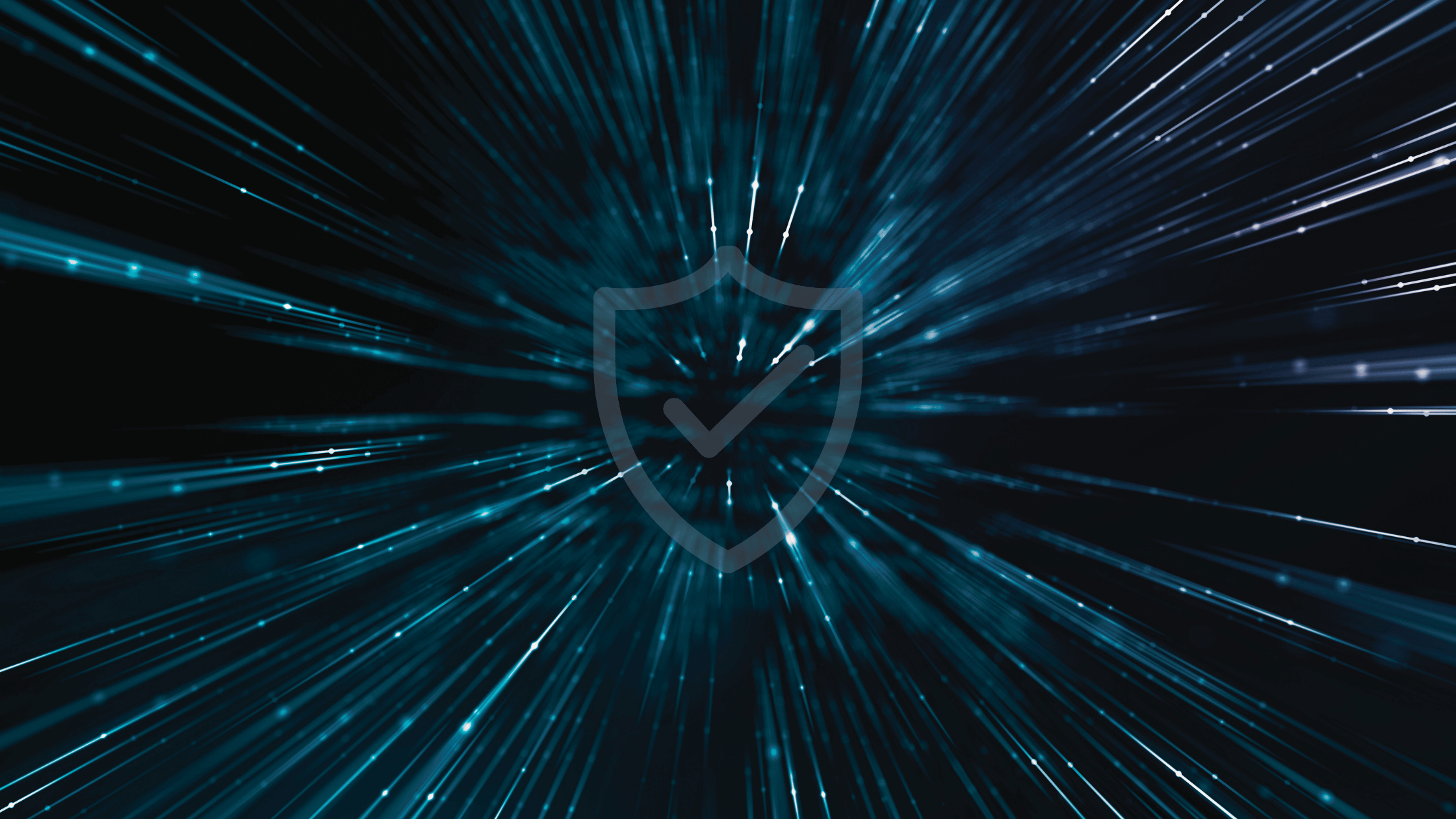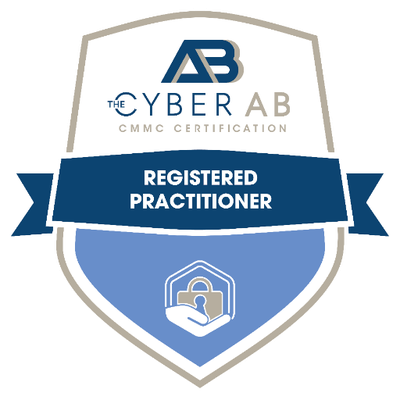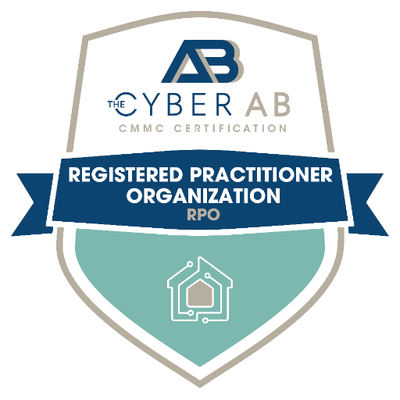Data is the lifeblood of business operations in today’s digital age and cybersecurity compliance has become paramount for organizations of all sizes and industries. Compliance doesn’t have to mean complexity. Let’s explore the essentials of cybersecurity compliance, helping you understand which compliance standards are right for your organization and why they matter.
What is Cybersecurity Compliance?
Cybersecurity compliance refers to adhering to a set of standards, regulations, or guidelines designed to protect sensitive data, maintain the integrity of systems, and mitigate the risk of cyber threats. These compliance frameworks serve as blueprints for organizations to strengthen their security posture, reduce vulnerabilities, and demonstrate a commitment to safeguarding sensitive information.
Which Cybersecurity Compliance Standard Is Right for You?
Choosing the right cybersecurity compliance standard depends on your industry, the nature of your business, and the data you handle. Here are some key standards and regulations, along with insights on who needs to comply with them:
1. GDPR (General Data Protection Regulation):
Who Needs to Comply: Any organization that processes the personal data of EU residents, regardless of its location, must comply with GDPR. This regulation is not limited to European businesses.
What You Need to Know: GDPR mandates robust data protection measures, data breach reporting, and informed consent for data processing. CFOs and CEOs must ensure their organizations respect individuals’ privacy rights and secure personal data.
2. SOC 2 (System and Organization Controls 2):
Who Needs to Comply: Service organizations, including those in IT, finance, and healthcare, that handle customer data or provide services critical to their clients’ operations should consider SOC 2 compliance.
What You Need to Know: SOC 2 focuses on the security, availability, processing integrity, confidentiality, and privacy of customer data. CFOs and CEOs must instill trust in their clients by demonstrating a secure environment. There are two types of SOC 2 reports:
- SOC 2 Type I reports evaluate a company’s controls at a single point in time. It answers the question: are the security controls designed properly?
- SOC 2 Type II reports assess how those controls function over some time, generally 3-12 months. It answers the question: do the security controls a company has in place function as intended?
3. ISO 27001 (International Organization for Standardization 27001):
Who Needs to Comply: ISO 27001 is suitable for organizations of all sizes and industries. It’s especially valuable for businesses with a global presence.
What You Need to Know: ISO 27001 provides a systematic approach to information security management. It involves risk assessment, control implementation, and continuous improvement. CFOs and CEOs can enhance their organization’s credibility and global competitiveness through ISO 27001 compliance.
4. Payment Card Industry Data Security Standard (PCI DSS):
Who Needs to Comply: Any organization that processes credit card payments or stores cardholder data must comply with PCI DSS.
What You Need to Know: PCI DSS focuses on securing cardholder data through encryption, access controls, and regular security assessments. For CFOs and CEOs in the retail or e-commerce sector, compliance is non-negotiable to protect both customers and the organization from financial losses and reputational damage.
5. HIPAA (Health Insurance Portability and Accountability Act):
Who Needs to Comply: Healthcare providers, health plans, and healthcare clearinghouses must comply with HIPAA. Additionally, any business associates who handle patient data on their behalf are also subject to HIPAA requirements.
What You Need to Know: HIPAA aims to protect the privacy and security of patients’ health information. CFOs and CEOs in the healthcare industry should prioritize HIPAA compliance to avoid severe penalties and uphold patient trust.
6. National Institute of Standards and Technology (NIST) Cybersecurity Framework:
Who Needs to Comply: Companies that provide products and services to the federal government including agencies within the U.S. government. For companies that work in the federal supply chain, including prime contractors, subcontractors, and subcontractors working for another subcontractor, NIST compliance is mandatory and those that are non-compliant may lose the ability to do business with government agencies.
What You Need to Know: The NIST framework is divided into three parts – the framework core, the implementation tiers, and the framework profile. The framework core describes 5 functions of an information security program: Identify, Protect, Detect, Respond, and Recover.
7. Cybersecurity Maturity Model Certification (CMMC):
Who Needs to Comply: Contractors and subcontractors that process federal contracting information (FCI) or controlled unclassified information (CUI) will be required to acquire CMMC certification to prove that their systems meet the proper cybersecurity level that aligns with their Department of Defense (DoD) contracts.
What You Need to Know: CMMC includes a total of 171 practices spread across five levels. Each level identifies the maturity of a contractor’s cybersecurity practices, processes, and infrastructure. CMMC levels are cumulative, meaning they build upon the previous level. To achieve level 3 compliance, certification must be met for levels 1 and 2 and to achieve level 4 compliance, certification must be met for levels 1, 2, and 3.
Simplifying the Path to Compliance
Cybersecurity compliance doesn’t have to be overwhelming. Here are some key steps to simplify the process:
- Assessment: Begin by understanding your organization’s unique cybersecurity needs and risks. Conduct a thorough assessment to identify areas requiring compliance measures.
- Prioritization: Focus on the compliance standards that are most relevant to your industry and operations. Tailor your compliance efforts to address the specific requirements of each standard.
- Expert Guidance: Seek the assistance of cybersecurity experts who can provide guidance and support in achieving compliance. This ensures that you’re following best practices and reducing the risk of non-compliance.
- Documentation: Maintain clear and comprehensive records of your compliance efforts, including policies, procedures, and audit reports. Proper documentation simplifies the auditing and reporting process.
- Training: Invest in cybersecurity awareness and training programs for your employees. A well-informed workforce is a crucial component of compliance success.
- Continuous Improvement: Cybersecurity threats evolve constantly. Regularly review and update your compliance measures to stay ahead of emerging risks.
In conclusion, cybersecurity compliance is a critical component of modern business operations. Choosing the right standards and simplifying the compliance process can help CFOs and CEOs protect their organizations, build trust with stakeholders, and ensure long-term success in an increasingly digital world.
If you have any questions or require assistance with cybersecurity compliance, feel free to reach out to our experts. We’re here to help you navigate the complex landscape of cybersecurity with ease and confidence.





